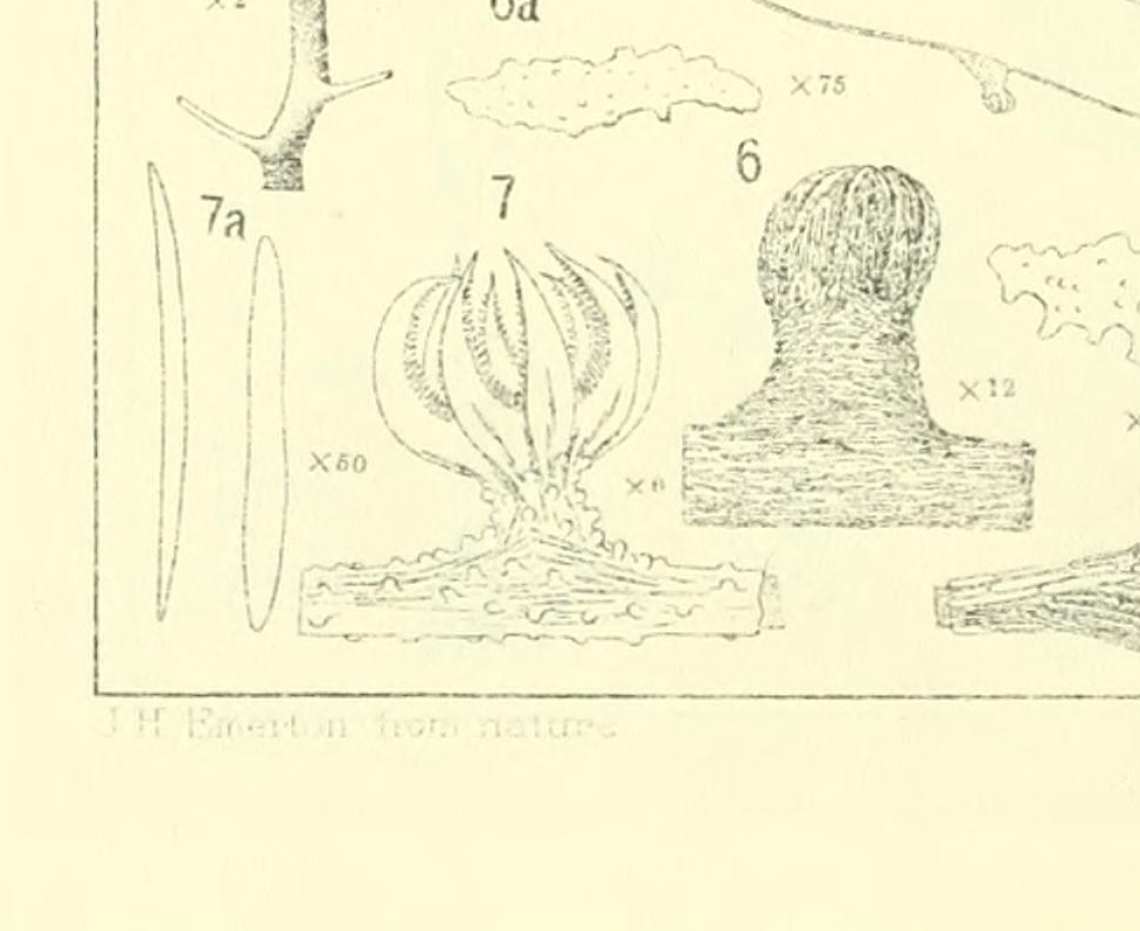The Chrysogorgiidae family
The Chrysogorgiidae family of gorgonian corals, commonly known as golden corals, contain animals with beautiful iridescent skeletons. The genera can have a spiralling or gentle zig-zag branching pattern off the main skeletal axis.
The family currently contains 14 genera worldwide, and we have seven genera in NZ waters (Chrysogorgia, Iridogorgia, Isidoides, Metallogorgia, Pseudochrysogorgia, Radicipes and Stephanogorgia). The species found in New Zealand are not well known so it is likely many of the specimens we hold in our collection are undescribed.
Iridescent coral
We first introduced the gold coral family in Critter of the Week no. 32, where we profiled the genus Metallogorgia and its association with the snake star Ophiocreas oedipus.
Iridogorgia have a strong spiralling central stem with a metallic lustre and numerous undivided, flexible branches coming off the main axis in a ‘spiral staircase’ like pattern (Verrill, 1883). The polyps sit out on these undivided branches and catch food particles in the currents flowing around them.
A rare beauty
Iridogorgia Verrill, 1883 is rare in collections in New Zealand, with only 11 records in the NIWA Invertebrate Collection from between 800 and 1771 m on seamounts and ridges to the north and east of New Zealand.
Dr. Les Watling from the University of Maine/University of Hawaii at Manoa described three new species of Iridogrogia from the North Atlantic Ocean in 2007 , bringing the known number of Iridogorgia species to five.
Dr. Watling has visited us at NIWA and he and his colleagues plan to describe some of our chrysogorgiid species in the future.
Further information
NOAA has some stunning ROV images of Iridogorgia and other deep sea coral genera on their deep-sea coral data portal.
References:
Verrill, A.E. (1883). Report on the Anthozoa, and on some additional species dredged by the “Blake” in 1877-79, and by the U.S. fish Commission Steamer “Fish Hawk” in 1880-82. Bulletin of the Museum of Comparative Zoology, at Harvard College, 11, 1–72.
Watling L. A (2007). Review of the Genus Iridogorgia (Octocorallia : Chrysogorgiidae) and Its Relatives, Chiefly from the North Atlantic Ocean. Journal of the Marine Biological Association of the United Kingdom. 2007;87(2): 393-402.



